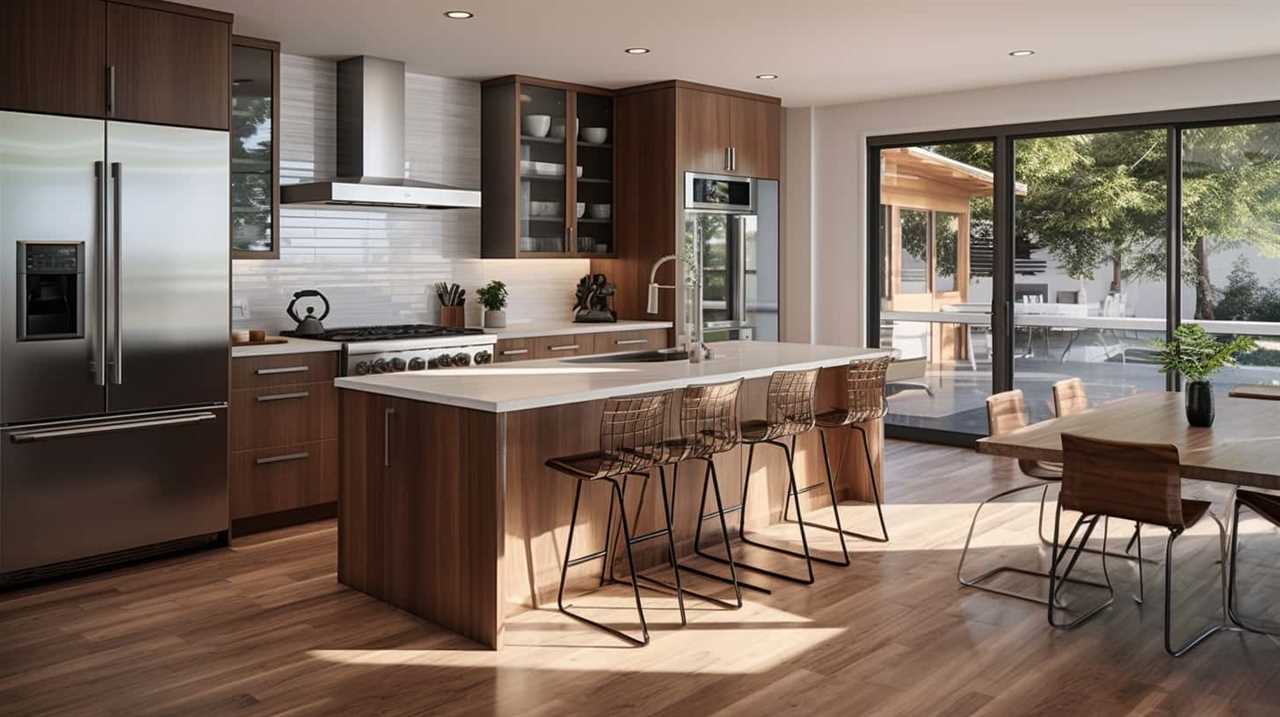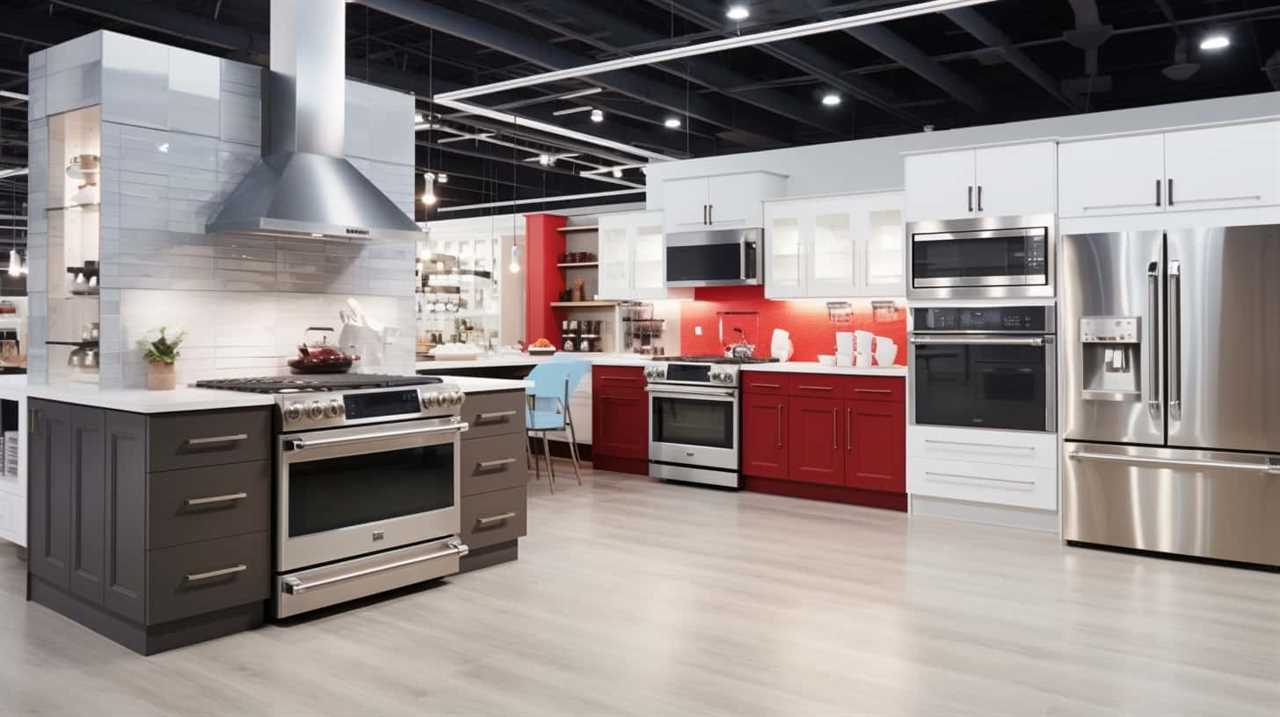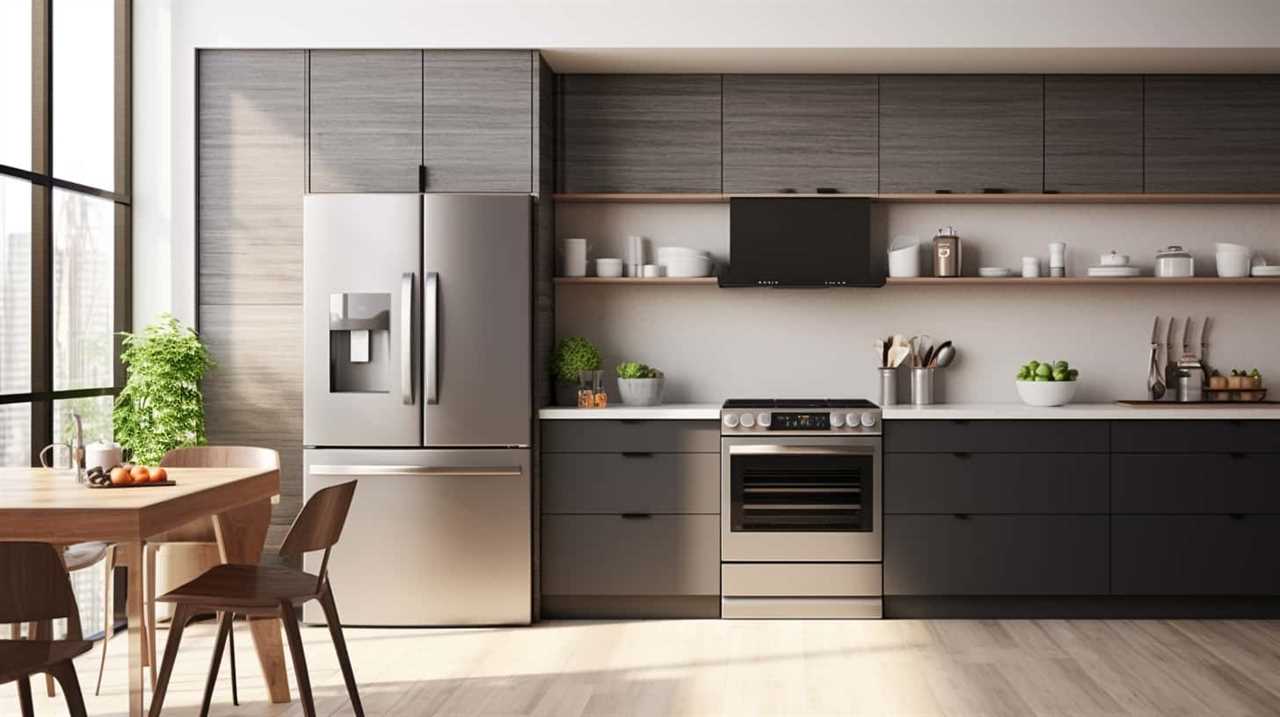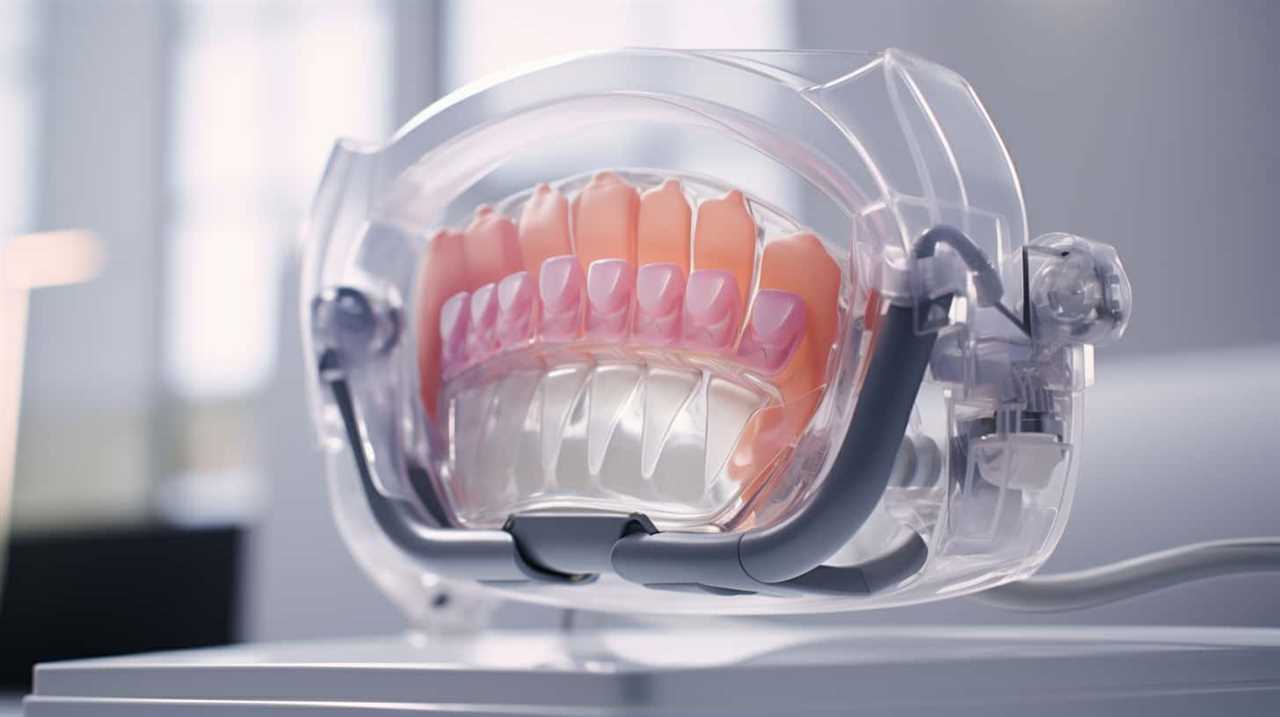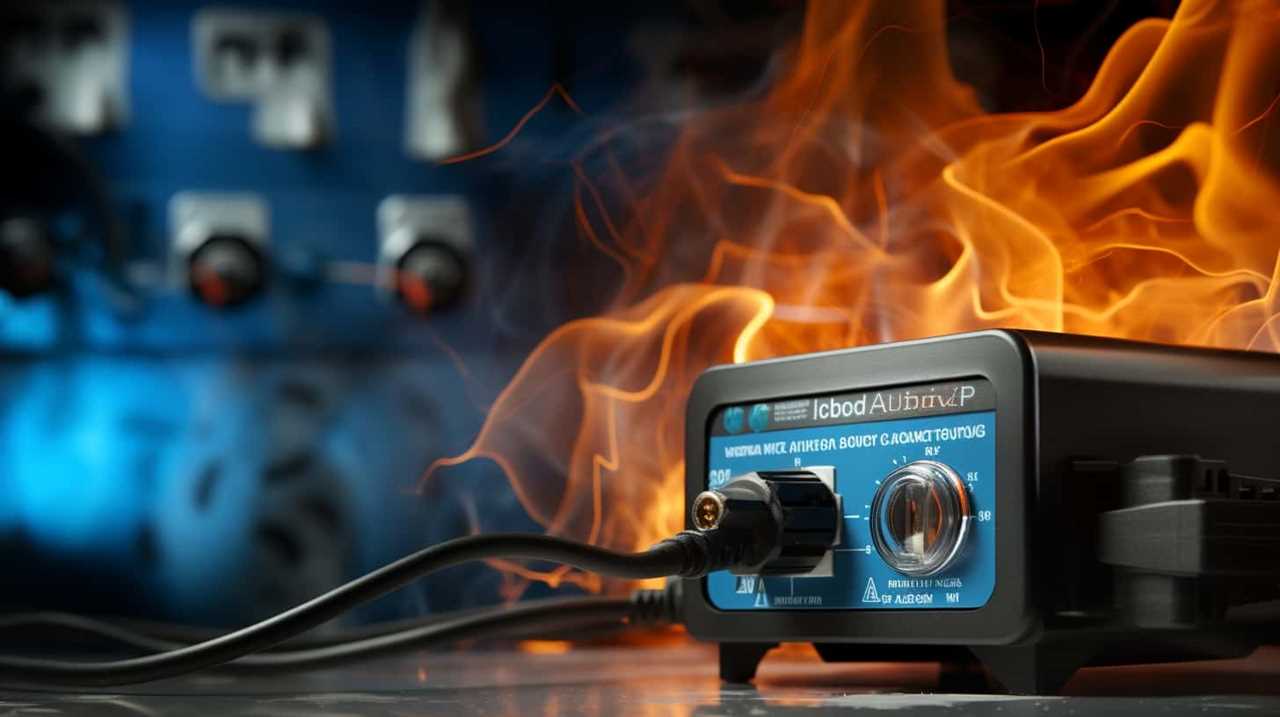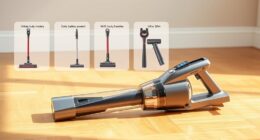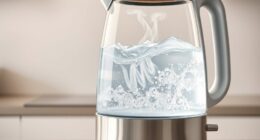Were you aware that the typical American household spends more than $2,000 annually on appliances? With a multitude of choices on the market, it can be challenging to determine which ones are worth purchasing.
That’s why we’ve put together this comprehensive guide to help you navigate the world of appliances. From refrigerators to smart home devices, we’ll break down the features, considerations, and options to help you make the best choices for your home.
Let’s get started!
Key Takeaways
- Side-by-side refrigerators offer easy access to both the freezer and the refrigerator compartments, with adjustable shelves and built-in water and ice dispensers for convenience.
- French door refrigerators combine a side-by-side design with a bottom freezer, providing ample space and easier access to frequently used items in the freezer.
- Dishwashers require professional installation and regular maintenance for optimal performance, and come with adjustable racks and specialized cycles for delicate items, as well as smart connectivity for remote control and monitoring.
- Washing machines come in various types with different capacities, such as top-load, front-load, compact, and portable options, allowing for versatile laundry needs.
Refrigerator Options
When considering refrigerator options, we should look into the benefits of a side-by-side or a French door design. Both of these designs offer unique advantages for refrigerator storage and organization.

A side-by-side refrigerator features two vertical doors, with the freezer on one side and the refrigerator on the other. This design provides easy access to both compartments, allowing for convenient organization of food items. The shelves and compartments are typically adjustable, allowing for customizable storage options. Additionally, side-by-side refrigerators often come with built-in water and ice dispensers, adding to their convenience.
On the other hand, a French door refrigerator combines the benefits of a side-by-side design with a bottom freezer. The refrigerator compartment is accessible with two doors that open outwards, providing ample space for larger items. The freezer compartment is located at the bottom, making it easier to access frequently used items. This design also offers flexible storage options with adjustable shelves and compartments.
Dishwasher Features
Now let’s delve into the features of dishwashers and explore their benefits for efficient and convenient dishwashing.
When it comes to dishwasher features, there are a few key aspects to consider. Firstly, dishwasher installation is an important factor to ensure optimal performance. It’s recommended to have a professional install your dishwasher to ensure proper connections and functionality.

Additionally, regular dishwasher maintenance is crucial for longevity and efficiency. This includes cleaning the filter, checking the spray arms for clogs, and inspecting the door gasket for any signs of wear.
Some modern dishwashers also offer advanced features such as adjustable racks, specialized cycles for delicate items, and smart connectivity for remote control and monitoring. These features enhance the overall convenience and effectiveness of the dishwasher, making dishwashing a breeze for those seeking mastery in their kitchen routines.
Washing Machine Types
Let’s explore the different types of washing machines to help us decide which one to buy. When it comes to washing machine brands, there are several well-known options available in the market. Some popular brands include Samsung, LG, Whirlpool, and Bosch. Each brand offers various models with different features and capacities to suit different needs. Speaking of capacity, it is an important factor to consider when choosing a washing machine. The capacity refers to the amount of laundry the machine can hold in one wash cycle. It is typically measured in kilograms or pounds. A larger capacity machine is suitable for households with a lot of laundry, while a smaller capacity machine is more suitable for individuals or small families. Here is a table summarizing the different types of washing machines and their capacities:
| Type of Washing Machine | Capacity (in kg) |
|---|---|
| Top-load | 5-10 |
| Front-load | 6-12 |
| Compact | 3-6 |
| Portable | 2-4 |
Considering the brand and capacity of a washing machine will help you make an informed decision when purchasing one.
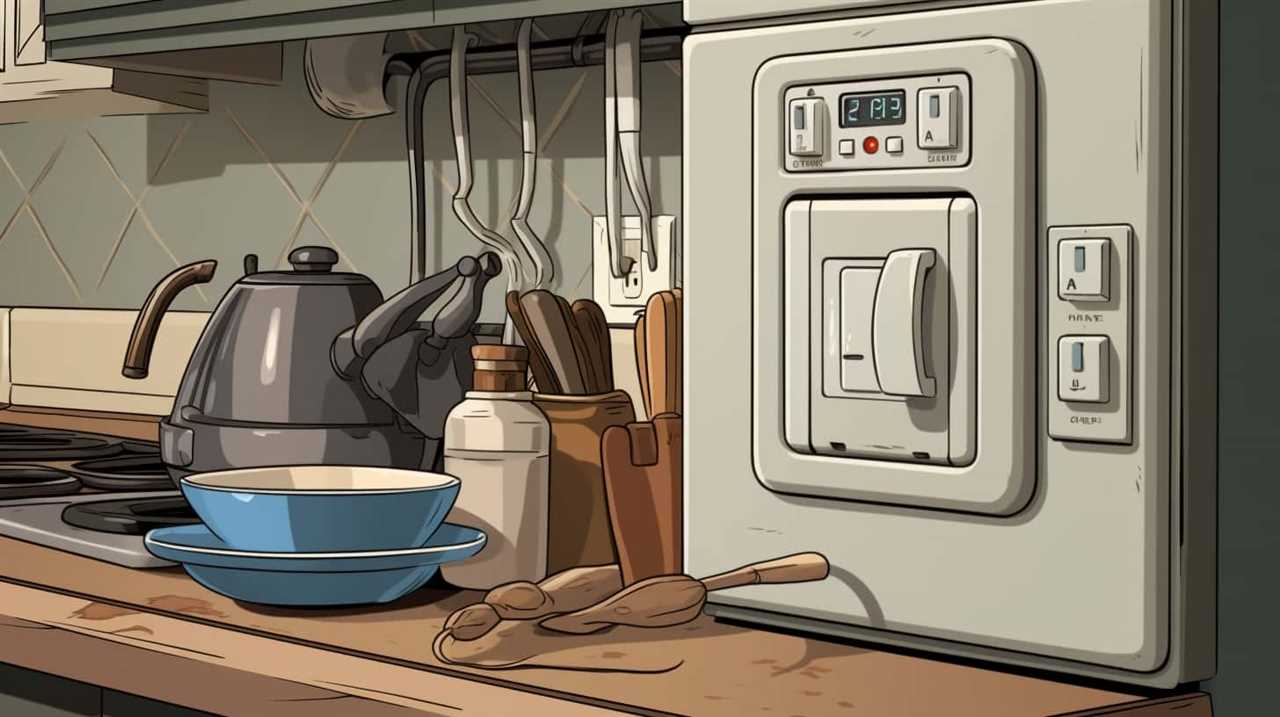
Oven and Stove Considerations
When it comes to choosing an oven and stove, there are a few key considerations to keep in mind.
Firstly, you’ll need to decide between electric and gas options, each with their own advantages and disadvantages.
Secondly, you’ll need to determine whether a built-in or freestanding model will best suit your needs and kitchen layout.
These factors will play a significant role in ensuring you select the right oven and stove for your home.

Electric Vs. Gas
We prefer electric ovens and stoves over gas for their energy efficiency and precise temperature control. When considering the cost comparison and environmental impact of electric versus gas appliances, it is important to take into account several factors. While gas appliances tend to have lower operating costs, electric appliances are more energy efficient, resulting in potential long-term savings on utility bills. Gas appliances, on the other hand, have a higher environmental impact due to the combustion of natural gas. To illustrate the differences, let’s compare the two types in a table:
| Aspect | Electric | Gas |
|---|---|---|
| Operating Cost | Higher | Lower |
| Energy Efficiency | More efficient | Less efficient |
| Environmental Impact | Lower | Higher |
| Temperature Control | Precise | Less precise |
Built-In or Freestanding?
For our kitchen, we opted for a built-in oven and stove instead of a freestanding option. When considering whether to choose a built-in or a freestanding oven and stove, it’s essential to analyze factors such as space availability, design preferences, and energy consumption.
Built-in ovens and stoves offer a sleek and integrated look, as they’re seamlessly incorporated into the kitchen cabinetry. They’re also more versatile in terms of placement options, allowing for greater flexibility in kitchen design.
In terms of energy consumption, built-in appliances tend to be more energy-efficient due to their insulation and sealing properties. Additionally, built-in ovens and stoves often come with advanced features and technology, enhancing the cooking experience for those seeking mastery in the kitchen.
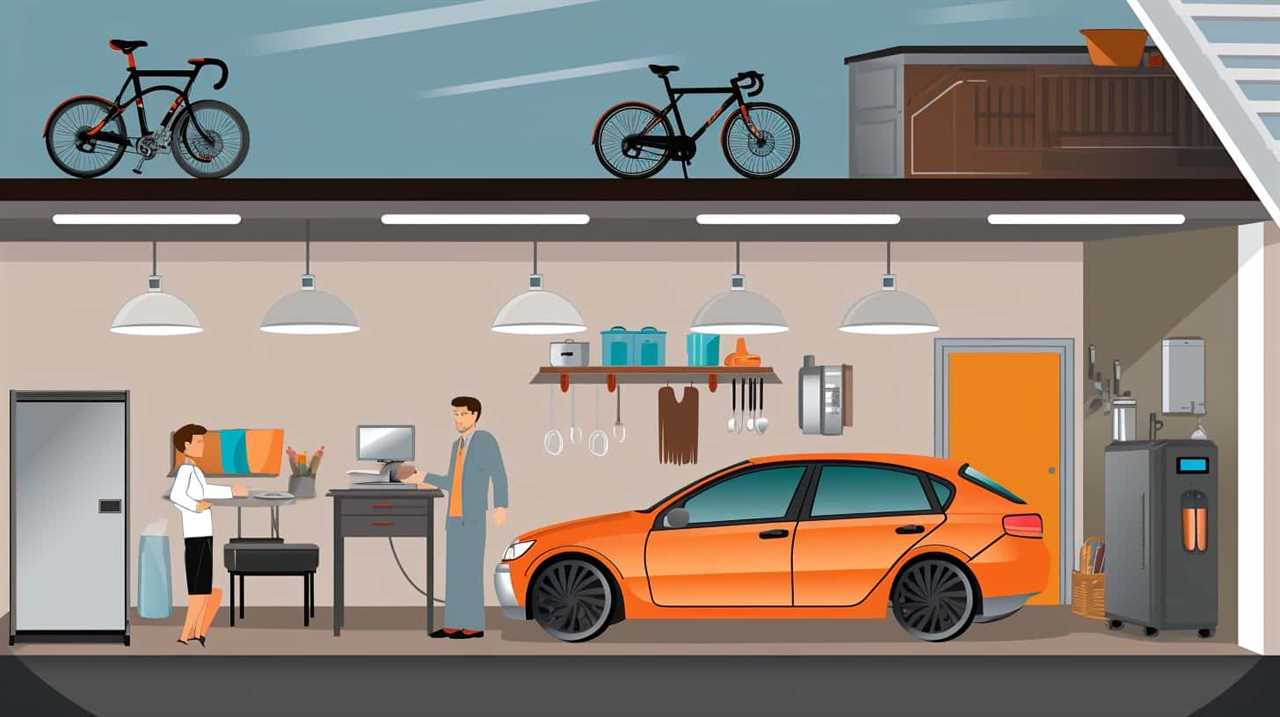
Microwave Options
To explore our options for microwaves, let’s delve into different models and their features.
When it comes to microwave power levels, it’s important to consider the wattage. Higher wattage microwaves generally cook food faster and more evenly. Look for models with adjustable power levels, allowing you to customize the cooking process based on your needs.
Another important feature to consider is microwave cooking presets. These presets are pre-programmed settings that automatically adjust the cooking time and power level for specific foods, such as popcorn or baked potatoes. They take the guesswork out of cooking and ensure optimal results.
With a wide range of models available, it’s crucial to choose a microwave that suits your cooking preferences and needs.

Now, let’s move on to exploring the different features of coffee makers.
Coffee Maker Features
Moving on to coffee maker features, let’s explore the different options available for brewing your morning cup of joe.
When it comes to coffee maker pricing, there’s a wide range to choose from. You can find budget-friendly options starting at around $20, while high-end models can cost upwards of $300. It’s important to consider your budget and desired features when selecting a coffee maker.
In terms of brands, there are numerous well-known names in the market. Some popular options include Breville, Keurig, Cuisinart, and Hamilton Beach. Each brand offers its own unique features and advantages, so it’s worth researching and comparing different models to find one that suits your specific needs.
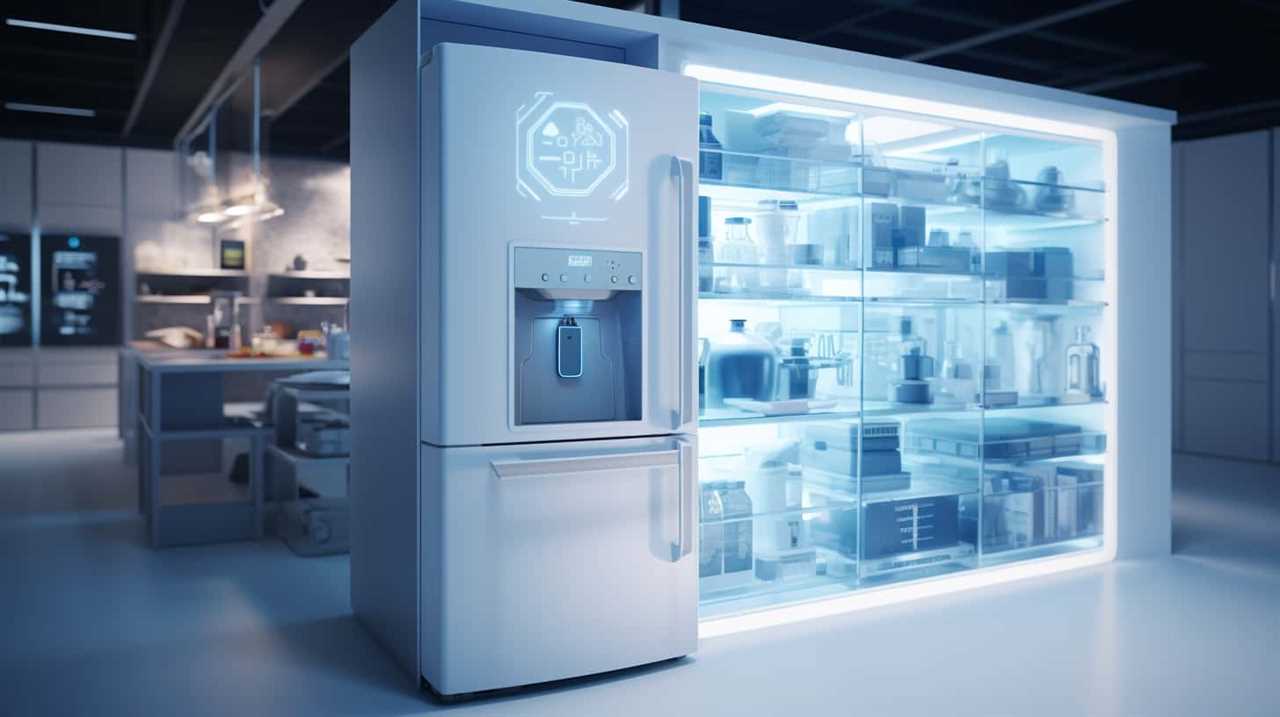
Whether you’re a coffee connoisseur or just need a quick and convenient way to brew your morning cup, the right coffee maker can make all the difference.
Blender Choices
When it comes to choosing a blender, there are several important factors to consider.
First, we need to think about the power of the blender and how it relates to its functionality. A powerful blender will be able to handle tougher ingredients and blend them smoothly.
Additionally, the size and capacity of the blender should be taken into account, as it needs to fit in your kitchen and accommodate the amount of food you typically blend.
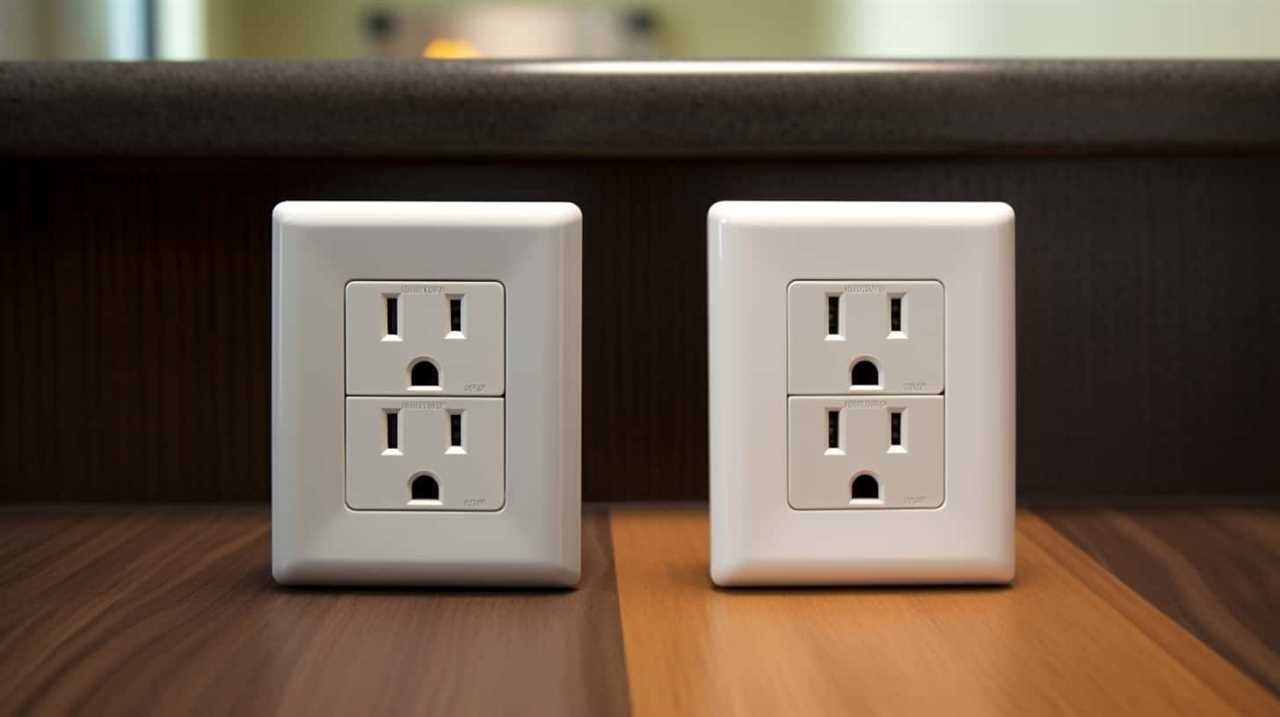
Lastly, the blade options and versatility of the blender can greatly impact its performance, allowing you to achieve different textures and blending techniques.
Power Vs. Functionality
When choosing a blender, power and functionality are key considerations. Power consumption is an important factor to consider, as it not only impacts your electricity bill but also affects the blender’s performance. A blender with higher wattage will typically have more power, allowing it to blend tougher ingredients with ease. However, it’s important to note that higher wattage doesn’t always mean better performance, as other factors such as blade design and motor efficiency also play a role.
Advanced features such as variable speed settings, pulse function, and pre-programmed blending cycles can enhance the functionality of a blender. These features give you more control over the blending process and make it easier to achieve desired results.
Size and Capacity
Now let’s delve into the topic of size and capacity when it comes to choosing a blender.

When considering the size options, it’s important to think about your kitchen space and storage capabilities. If you have limited counter space, a compact blender might be the way to go. On the other hand, if you have a large kitchen and frequently entertain guests, a larger blender with a higher capacity could be more suitable.
Speaking of capacity, it’s crucial to assess your specific needs. Are you planning to make single servings or large batches of smoothies? Do you want to blend soups or sauces in large quantities? Identifying your capacity requirements will help determine the ideal blender size for your culinary endeavors.
Blade Options and Versatility
Let’s now explore the blade options and versatility of blender choices, building upon our previous discussion of size and capacity. When it comes to blade material, there are typically two options: stainless steel and plastic. Stainless steel blades are known for their durability and ability to handle tough ingredients, making them ideal for blending harder substances like ice or frozen fruits. On the other hand, plastic blades are often used in blenders designed for lighter tasks such as blending soft fruits or making smoothies. In terms of versatility, many blenders offer multi-purpose uses, allowing you to not only blend but also chop, puree, or even grind certain ingredients. This versatility expands the range of recipes you can create and adds value to your blender investment. To illustrate the various blade options and versatility, refer to the table below:
| Blade Material | Multi-Purpose Uses |
|---|---|
| Stainless Steel | Yes |
| Plastic | Yes |
Toaster and Toaster Oven Options
Which toaster and toaster oven options are the most efficient and versatile for our kitchen?

When it comes to choosing between a toaster oven and a microwave, there are a few things to consider.
- Versatility: A toaster oven offers more cooking options than a microwave. It can toast bread, bake cookies, and even roast a small chicken.
- Efficiency: While a microwave is faster at heating up food, a toaster oven is more energy-efficient. It uses less power and can evenly cook or reheat food without sacrificing quality.
- Space-saving: If you have limited counter space, a toaster oven can be a great option. It can perform the functions of both a toaster and an oven, eliminating the need for two separate appliances.
- Cooking performance: When it comes to baking or roasting, a toaster oven can provide better results than a conventional oven. It offers more control over temperature and can produce crispy textures that a microwave can’t achieve.
Consider your cooking needs and available space to determine which option is best for your kitchen.
Air Conditioner Considerations
When considering which air conditioner to buy, there are two important factors to consider: energy efficiency ratings and noise levels.
Energy efficiency ratings indicate how much energy the unit consumes, which can have a significant impact on your electricity bill.
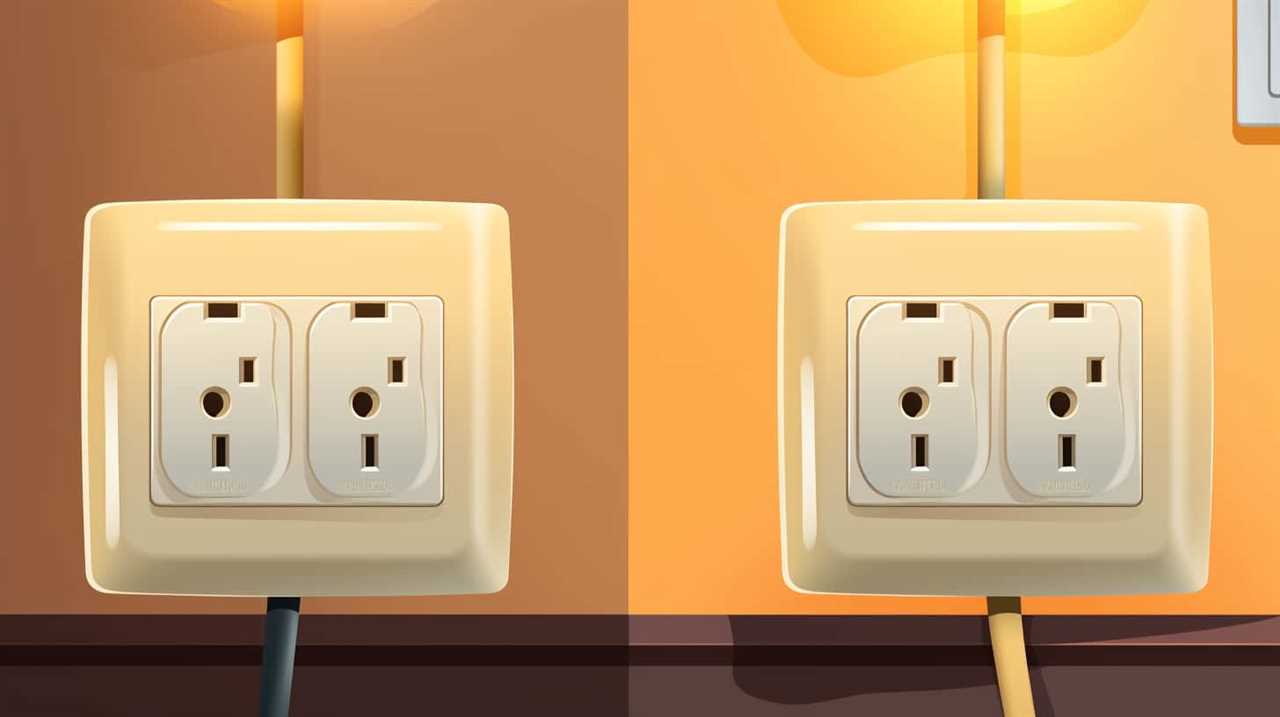
Additionally, noise level considerations are important, especially if you plan to use the air conditioner in a bedroom or office.
Energy Efficiency Ratings
We often prioritize energy efficiency ratings when considering air conditioners for our homes. Here are some energy saving tips and cost-effective options to consider:
- Look for the Energy Star label: Air conditioners with this label meet strict energy efficiency guidelines set by the U.S. Environmental Protection Agency.
- Check the SEER rating: Seasonal Energy Efficiency Ratio (SEER) measures an air conditioner’s cooling efficiency over a season. Higher SEER ratings indicate better energy efficiency.
- Consider variable speed technology: Air conditioners with variable speed compressors adjust their speed based on the cooling needs, resulting in energy savings and better comfort.
- Opt for a programmable thermostat: This allows you to schedule temperature adjustments, reducing energy usage when you’re away.
By considering these energy saving tips and cost-effective options, you can choose an air conditioner that not only keeps your home cool but also helps you save on energy costs.
Now, let’s move on to the next section and discuss noise level considerations.
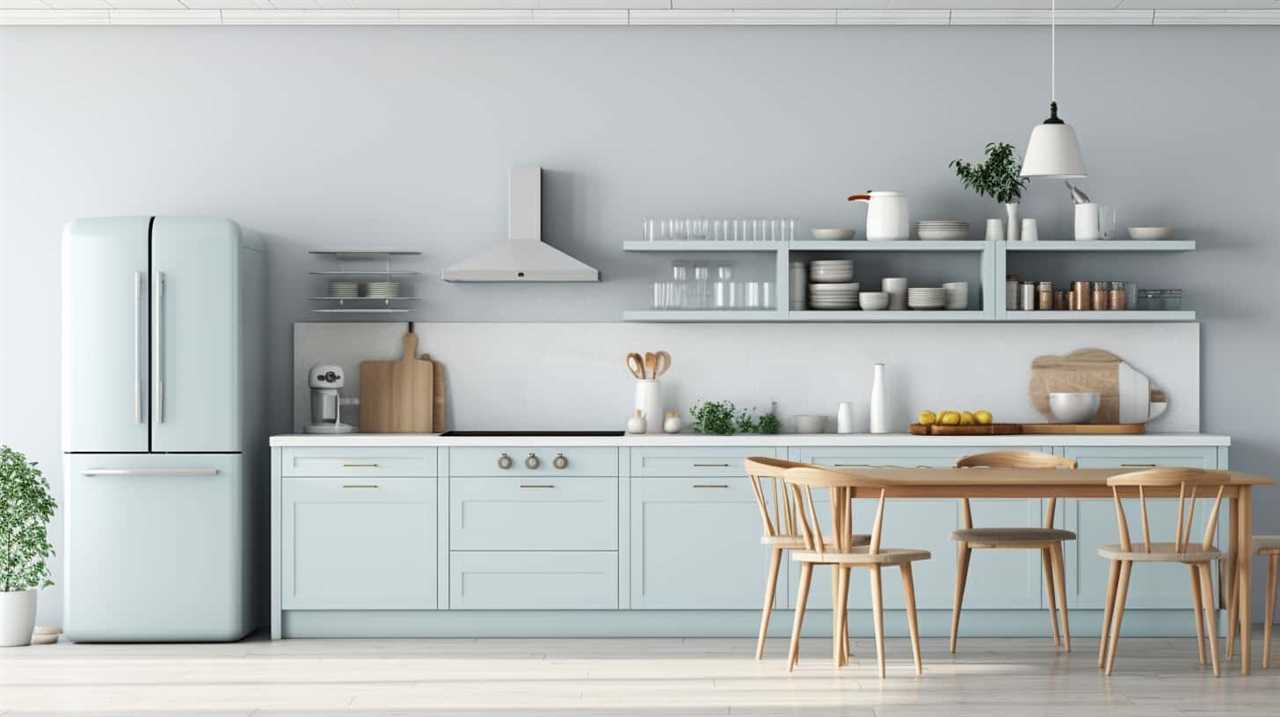
Noise Level Considerations
After considering energy efficiency ratings, it’s important to also take into account noise level considerations when choosing an air conditioner for your home. The noise level of an air conditioner can have a significant impact on sleep quality and overall comfort in the home. No one wants to be kept awake at night by a loud and disruptive AC unit.
When evaluating noise levels, it’s helpful to look for units that have a low decibel rating. Additionally, considering soundproofing solutions, such as insulation or using noise-reducing materials around the unit, can further enhance the quietness of the air conditioner.
Vacuum Cleaner Features
One important feature to consider when purchasing a vacuum cleaner is the number of attachments it comes with. Having a variety of attachments can greatly enhance the cleaning capabilities of your vacuum cleaner. Here are a few essential attachments to look for:
- Crevice tool: Perfect for reaching tight spaces and corners.
- Upholstery brush: Ideal for cleaning furniture, curtains, and delicate surfaces.
- Pet hair tool: A must-have for pet owners to effectively remove pet hair from carpets and upholstery.
- Dusting brush: Great for dusting hard surfaces, such as shelves, blinds, and electronics.
By having these attachments, you can tackle a wide range of cleaning tasks with ease.
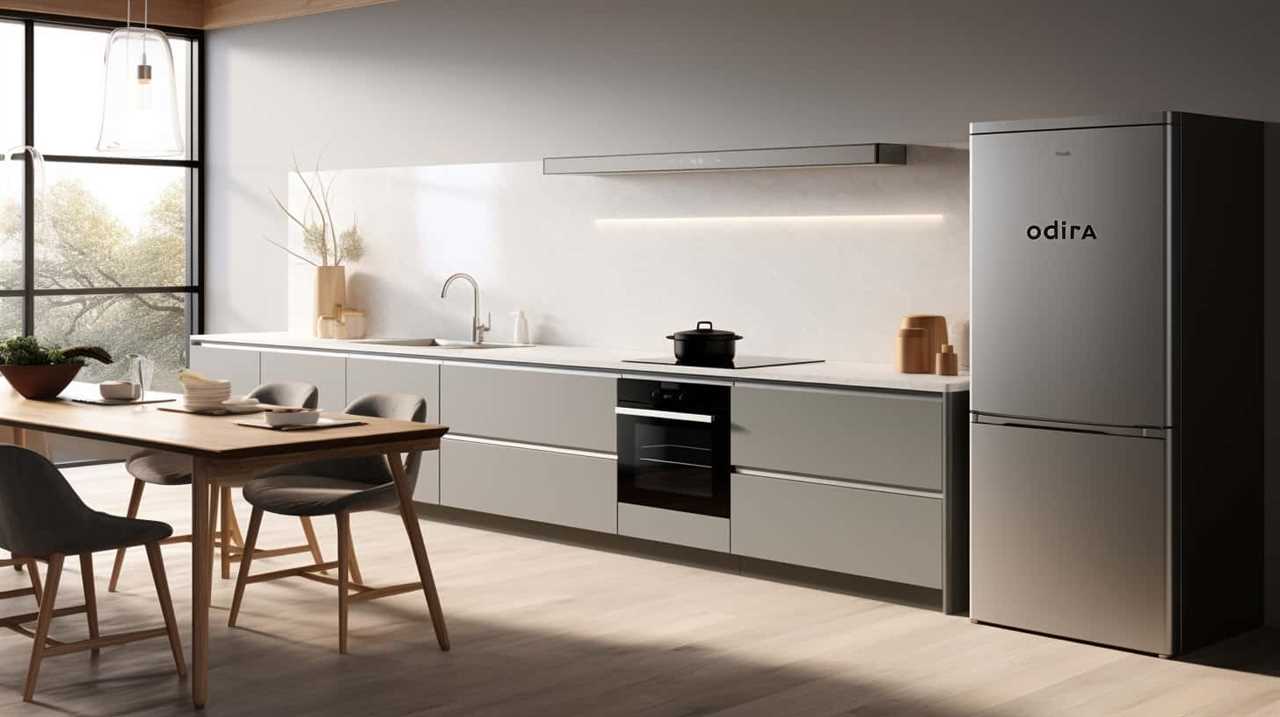
Additionally, it’s important to consider vacuum cleaner maintenance. Regularly cleaning and replacing filters, emptying the dustbin, and checking for clogs will ensure optimal performance and prolong the lifespan of your vacuum cleaner.
Now, let’s move on to the next topic: smart home appliances.
Smart Home Appliances
Moving on to the topic of smart home appliances, let’s delve into the convenience and efficiency they bring to our everyday lives.
Smart home appliances are designed to integrate seamlessly into our homes, creating a connected ecosystem that simplifies our daily routines. With smart home integration, these appliances can be controlled remotely through our smartphones or tablets, allowing us to manage and monitor them from anywhere.

One of the key features of smart home appliances is their voice control capabilities. By using voice commands, we can easily operate these appliances, adjusting settings, turning them on or off, or even asking for information. This hands-free approach adds a new level of convenience and accessibility, making our lives more efficient and enjoyable.
Frequently Asked Questions
How Much Does It Cost to Maintain a Smart Home Appliance?
Maintaining a smart home appliance can vary in cost. It’s important to consider the initial price, energy efficiency, and potential repair costs. Comparing different models will give you a better idea of their long-term expenses.
Can a Dishwasher Also Be Used to Clean Delicate Items?
Yes, a dishwasher can also be used to clean delicate items. However, it is important to follow proper maintenance procedures to ensure the longevity of the dishwasher and the protection of delicate items.
Are There Any Washing Machine Types That Are Specifically Designed for Small Spaces?
When it comes to small space washing machine options, compact laundry appliances are a great choice. They are specifically designed to fit into tight spaces while still providing efficient and effective laundry cleaning capabilities.

What Are Some Safety Features to Look for When Buying an Oven and Stove?
When it comes to safety features for ovens and stoves, there are a few key ones to consider. Look for features like automatic shut-off, child lock, and cool-touch surfaces to ensure peace of mind. Additionally, prioritize energy efficiency to save on utility bills.
Can a Coffee Maker Also Brew Tea or Other Hot Beverages?
A coffee maker’s versatility extends beyond brewing coffee. It can also brew tea or other hot beverages, making it a convenient appliance for those who enjoy a variety of drinks. Additionally, using a dishwasher has numerous benefits such as time-saving and efficient cleaning.
Conclusion
In our quest for the perfect appliances, we’ve explored a myriad of options. From refrigerators that keep our food fresh, to dishwashers that make cleaning a breeze, each appliance offers unique features to suit our needs.
Let’s not forget the convenience of a washing machine, the versatility of an oven and stove, and the efficiency of a microwave.

And for those looking to embrace the future, smart home appliances are the way to go.
So go forth, dear readers, and make your home a haven of modern convenience.
